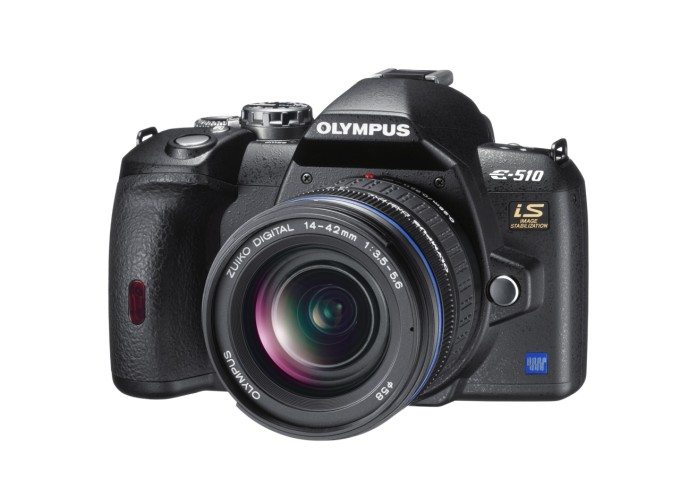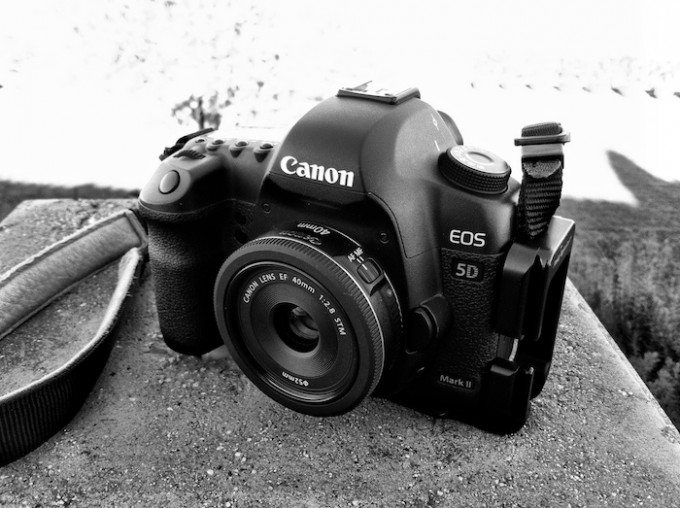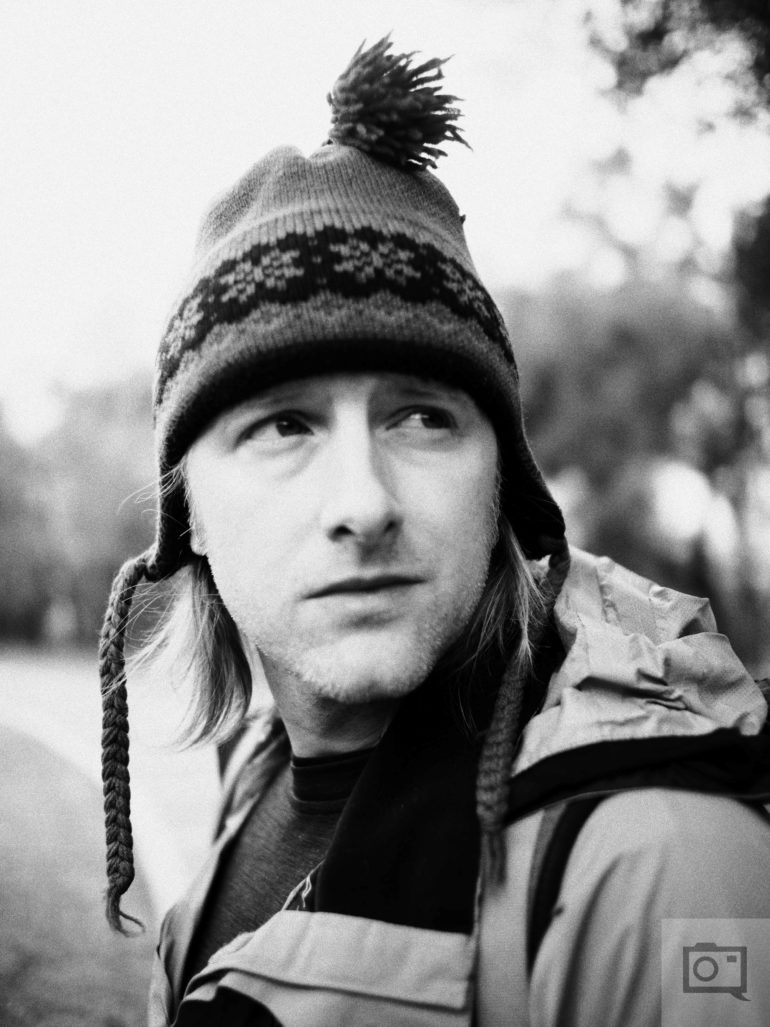I grew up in a household where unlike many others in the neighborhood, had digital point and shoots. Instead, my late and technologically inept mother kept disposable cameras close to her heart. My college graduation in 2009, my high school graduation in 2005, my birthdays–they were all caught on film that's now sadly gone due to destruction. But you see, I was the outlier. In college, I took a photojournalism course that required me to purchase a camera. My mother, always a stickler because she had to spend some sort of money, listened to the rep who made me absolutely groan at Best Buy and got an HP point and shoot. That point and shoot was "The family's" even though I was responsible for it. This is the camera that I used after moving up from, well, one of those old Razr flip phones. Do you remember those?
Eventually, I knew when I needed to move up. I needed more of a zoom range, RAW shooting abilities, flash control, better video, etc. So I eventually moved up to a Canon S5 point and shoot. It had a pretty big zoom range and looked and operated like a DSLR while giving me a flippy screen thing. It helped out a whole lot. Events around campus for the college newspaper, BTS photos of the college radio station that I ran, etc all were captured with this camera. But it wasn't a DSLR. Being the ever tenacious and ambitious journalism student, I scored a gig at PCMag. I knew I needed an upgrade, and so I got one of those Canon HV-20 camcorders that shot on HDV and mini-DV tapes. That became my video recorder which worked in conjunction with a Rode shotgun mic and the eventual Olympus E-510 DSLR that I scored. Why Olympus, you ask? My mom owned an Olympus OM70 SLR film camera. So I figured that I'd be able to use the same lenses.
Man, was I wrong… Unfortunately, not a whole lot of information was available back then in 2007/2008 about this stuff online. If I stepped onto Photo.net, I'd be blasted to death for being so young. DPReview was the same thing. And in many ways, things haven't changed.

I bought the Olympus E-510 because I needed a DSLR and it fit my budget with two lenses. The purchase was due to my listening to Gordon Laing, who loved the camera and offered as much practical advice as he could. That camera shot so many events, products, celebrities, friends, bridges at night, etc. But in 2009, the media landscape was changing and I knew it. I had to be able to record both stills and video. Plus I needed to shoot more events at night without a flash and needed better RAW files in general. Then out of the blue, Canon announced something that arguably changed the photography game into today: the Canon 5D Mk II.
I want you to imagine if you will, a time when technology was changing and shifting around. You NEED something specific, but your voice is drowned out by many others on forums who like to do nothing else but spew negativity because it just seems to be easier than encouraging others and being positive. "Why do I need video?" They used to say at PPE. And I, the 23 year old kid, would say "Because publications want you to be able to do both these days."
Want to know something? This year at PPE an older gentleman tried dominating my meeting time with a vendor and said to me "You know they seem to be treating you like you're important. But you don't look important." Apparently, as much as some things change, others stay the same.

The Canon 5D Mk II opened the floodgates for me. For once, I could shoot video and photos with the same camera. I could use my 24-105mm f4 L IS, 50mm f1.8, and others to get the images and videos that I wanted. The Canon 5D Mk II would go on to become my workhorse camera for years. It shot video, product photos, sample images, etc. At this point, I didn't need a new camera–I needed new lenses. So I looked into primes: the 85mm f1.8 USM, 35mm f1.4 L, flashes, etc. Then I started shooting film with the same camera system. It was magical in the same way that it was for me today. Weddings and events required me to have two cameras, so when Canon announced the 7D, those two cameras became my bread and butter.
When I joined B&H Photo Video, they always wanted to use my camera. In fact, when a member of the video team came over the first thing that I knew they were going to say was "Can we borrow your 5D?" Then I stopped using my own gear on the company's time after some advice. So my gear was again relegated to weddings, portraits, events, and running the Phoblographer. Things were good until I knew I needed new lights. So a company by the name of Phottix came around and invented the Odin system. When used in conjunction with my Canon flashes, they grew and my own photography grew. It was wonderful being able to create, place and shape my own lighting. It was a creative effort and truly liberating! Of course, I couldn't do this at concerts but it worked still!
That love for lighting grew into buying a Paul C Buff Einstein E640; which was eventually given away to a friend who needed it. Yes, given away. I've realized that I'm typically pretty lucky and so passing that luck on to others has always just seemed to be the fair thing to do. You know, paying it forward. No one was really there to pay it forward for me when I was cutting my teeth in this industry. Between getting yelled at by older photographers and editors, it wasn't easy.

Olympus Pen F and Voigtlander 17.5mm f0.95
Phoblographer started to grow and I realized before many of the manufacturers that mirrorless was becoming a big thing. Taking a step forward ahead of the curve, I went ahead and bought an Olympus Pen EP-2. I loved that sensor, it had a LiveMOS CCD sensor that gave off this gorgeous look. It was made by Kodak. Then when I combined that with the Voigtlander 17.5mm f0.95 lens, everything was nearly perfect. It was a fantastic camera to throw in a bag and go ahead with my day. Then Fujifilm became a thing in my life with the X Pro 1. And then Nikon with the D5100. Nikon got sold off and eventually Olympus did too, but Fujifilm and Canon remained a constant until I realized that I needed weather sealing. So when the Olympus OMD EM5 was put to the test, I was immediately smitten because I then had something that was lightweight and weather sealed. Was it my Canon DSLRs? No, but it worked for sure.
So why did I buy all these cameras? Well, when you run a photography publication, you often have to coordinate reviews. For example, if a Sigma lens came in, I'd need to ask a manufacturer for a body. It becomes tedious, so it just made more sense to buy a few bodies instead. Fujifilm was at first a peer pressure thing. At B&H Photo, we got a 50% employee discount and so that and the 35mm f1.4 were in my kit. They proved to be great as a kit, as I still use them even today.
The Canon 7D eventually became a camera that I didn't really need any more due to the fact that I just didn't use it. So it got sold off along with my old Canon magic drainpipe 80-200mm f2.8 L lens. As life went on, I continued to pair things down to what I really needed and nothing more. But those needs were still fairly big.

Eventually, Sigma came to the fore with their Global Vision program and I switched all my Canon lenses over to Sigma due to the quality at a lower cost. What I started to see more and more is that I was moving away from Canon. The only thing that I really owned from them was the Canon 5D Mk II. When that camera died, I moved onto the Canon 6D due to cost and the WiFi feature being added in. This is all around 2011/2012; when I really started to move away from DSLRs even more.
Sony introduced the Sony a7–which for me made so much sense. I eventually caved and bought that with a 35mm f2.8. Now, I own around five lenses for the system that I've acquired and purchased in the past few years. But since then, I've only updated my flashes or gotten my hands on more film cameras. A full frame mirrorless camera helped with my production for the website in addition to my failing eyesight. Canon's viewfinders just never cut it for me. But a brand new EVF? Oh yeah.
Since then I haven't upgraded, but I will be purchasing the Sony a7r III soon as I know that the quality and feature set is just what I need in order to move forward. I mean 4K video, the color rendition abilities, high ISO output, autofocus, weather sealing, etc. Why would I not upgrade?
What's the point of this story? I've always upgraded only when I knew that I needed to. The industry that I am in sort of dictated it as did my workflow. Lots of flashes? Oh yeah, I need them to create my own vision for a photo. Lenses? Of course! But my new workhorse camera will be the Sony a7r III. That doesn't mean that the Canon 6D and Fujifilm X Pro 1 are bad cameras at all. It just means that that is what will help me continue to make this website better.
Source: How and When I Knew that It Was Time to Upgrade Cameras and Lenses
No comments:
Post a Comment